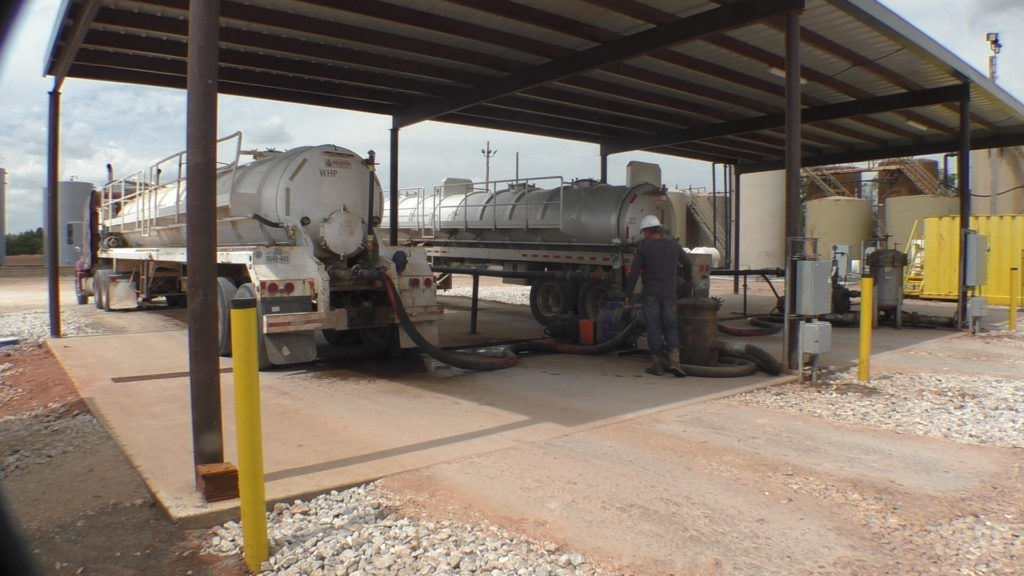Saltwater disposal and integrated water logistics companies have attracted a higher proportion of the sparsely available capital flowing into the sector, highlighted by the largest energy IPO of this year: Rattler Midstream LP. The continuing austerity trend toward cash flow sustainability https://desa-kayujati.id/ for shale oil companies has provided limited attractive options for investors. In the meantime, drilling activity (particularly in West Texas) continues to grow, and therefore efficiency and scale grow ever more important across the board for upstream companies to remain competitive. One of the challenges producers face is handling the enormous amounts of water that have become part and parcel to the Delaware and Midland Basins. This is where saltwater disposal enters the picture.
A horizontal well in the Delaware Basin can average four barrels (sometimes even up to 10 barrels) of water for every barrel of oil produced. Once produced, all that water must go somewhere and that somewhere is a saltwater disposal well. This is no new phenomenon as produced water has been an element of production for over 70 years. What is different in the Permian Basin is the higher ratio of water to oil (often called a “water cut”) that’s produced due to the native geology and today’s production techniques. Today’s U.S. oilfield water production is already around a colossal 50 million barrels a day. This contrasts with the U.S. producing only Judi Slot Online 15 million barrels of petroleum liquids every day. Most of that water is produced in the Permian Basin and there’s only going to be more of it. Much more. That’s to say nothing of the amount of water needed to fracture the rock during the production process. In a recent Raymond James research report, the authors noted that each well completion uses thirty Olympic swimming pools worth of water. (Bryce Erickson, Senior Vice President, Mercer Capital)
https://www.ecoledeconduitelewis.com/
Read More…
